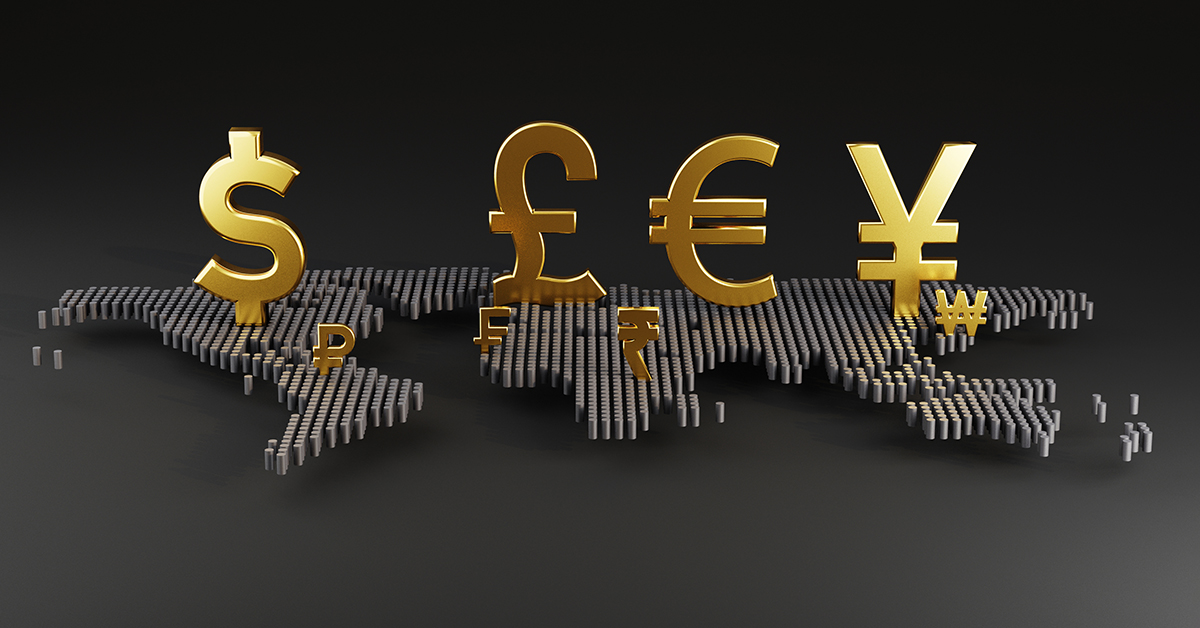Understanding Forex Trading Leverage A Comprehensive Guide 1623927782

Understanding Forex Trading Leverage: A Comprehensive Guide
Forex trading leverage is a powerful tool that allows traders to control larger positions with a smaller amount of capital. This article aims to explain the intricacies of leverage, how it works in the forex market, its benefits, and the risks involved. For further insights into trading strategies, visit forex trading leverage explained https://webglobaltrading.com/.
What is Forex Trading Leverage?
Leverage in forex trading refers to the ability to control a large position with a relatively small amount of invested capital. Essentially, it allows traders to “borrow” money from their broker to increase their potential returns on investment. Leverage is usually expressed as a ratio, such as 50:1 or 100:1, indicating how much larger the position can be compared to the actual capital invested.
How Does Leverage Work?
When you open a leveraged trading position, you are required to put down a smaller amount of capital, known as the margin. For example, if you have a leverage of 100:1, you only need to deposit $1,000 to control a position worth $100,000. However, this comes with increased risk, as both gains and losses are amplified.
The Role of Margin
Margin is the amount of money that a trader must deposit with their broker in order to open a trade. It acts as a security deposit for the broker against any potential losses on the position. Different brokers have different margin requirements, and these may vary depending on the volatility of the currency pair being traded.
Calculating Leverage
The formula to calculate leverage is straightforward. If a trader uses a margin of $1,000 to open a position worth $100,000, the leverage can be calculated as follows:
Leverage = Total Position / Margin
In this case, it would be:
Leverage = $100,000 / $1,000 = 100:1
Benefits of Using Leverage
Leverage can offer several benefits for forex traders, including:
1. Increased Potential Profits
The primary benefit of using leverage is the potential for higher profits. By controlling a larger position, a trader can significantly increase their profit margins compared to placing unleveraged trades.
2. Capital Efficiency
Leverage allows traders to utilize their capital more efficiently. Instead of needing a large amount of capital to invest in forex, they can open both larger positions and diversify their investments with a smaller amount.
3. Access to Advanced Strategies
Leverage enables traders to employ advanced trading strategies that would be impossible without it. It opens up opportunities for day trading and scalping, where multiple trades are executed daily for small gains.

Risks of Using Leverage
While leverage can amplify profits, it also comes with significant risks. Here are some key risks to consider:
1. Increased Loss Potential
Just as leverage can magnify gains, it can also magnify losses. If a trade moves against the trader’s position, the losses can exceed the initial deposit, leading to a margin call where the broker requires additional capital to maintain the position.
2. Margin Calls and Liquidation
If a trader’s account equity falls below the required margin, the broker may issue a margin call. If not addressed, the broker may close positions to limit further losses, potentially resulting in a total loss of equity.
3. Emotional Stress
The pressure of leveraged trading can lead to emotional stress, causing traders to make rushed decisions. This psychological aspect is crucial to bear in mind, as it can cloud judgment and lead to poor trading choices.
Tips for Using Leverage Wisely
To navigate the world of leveraged forex trading safely, consider the following tips:
1. Understand Your Risk Tolerance
Assess your risk appetite and ensure that you are comfortable with the potential for loss. Adequately managing risk is crucial for long-term success.
2. Use Stop-Loss Orders
Implementing stop-loss orders can help mitigate losses. This automated order will close a position when it reaches a specified level, limiting potential losses.
3. Start with Lower Leverage
If you are new to forex trading, it may be advisable to start with lower leverage ratios. This will help you gain experience without exposing yourself to excessive risk.
4. Keep Learning
Forex trading is complex and ever-evolving, so continuous education and practice are essential to becoming a successful trader. Explore different trading strategies, attend webinars, and read reputable trading materials.
Conclusion
Forex trading leverage can be a double-edged sword. While it offers the potential for increased profits and better capital efficiency, it also carries significant risks that traders must navigate carefully. By understanding how leverage works and implementing sound risk management strategies, traders can leverage their positions effectively while minimizing their exposure to potential losses. Always ensure you are equipped with adequate knowledge and experience before trading with leverage in the forex market.







